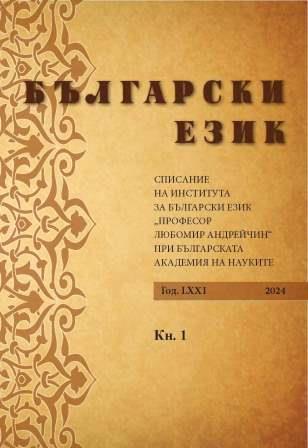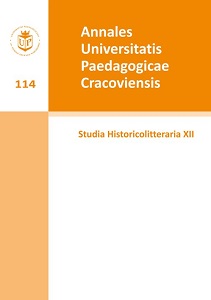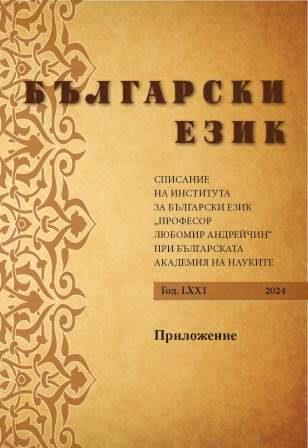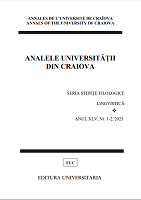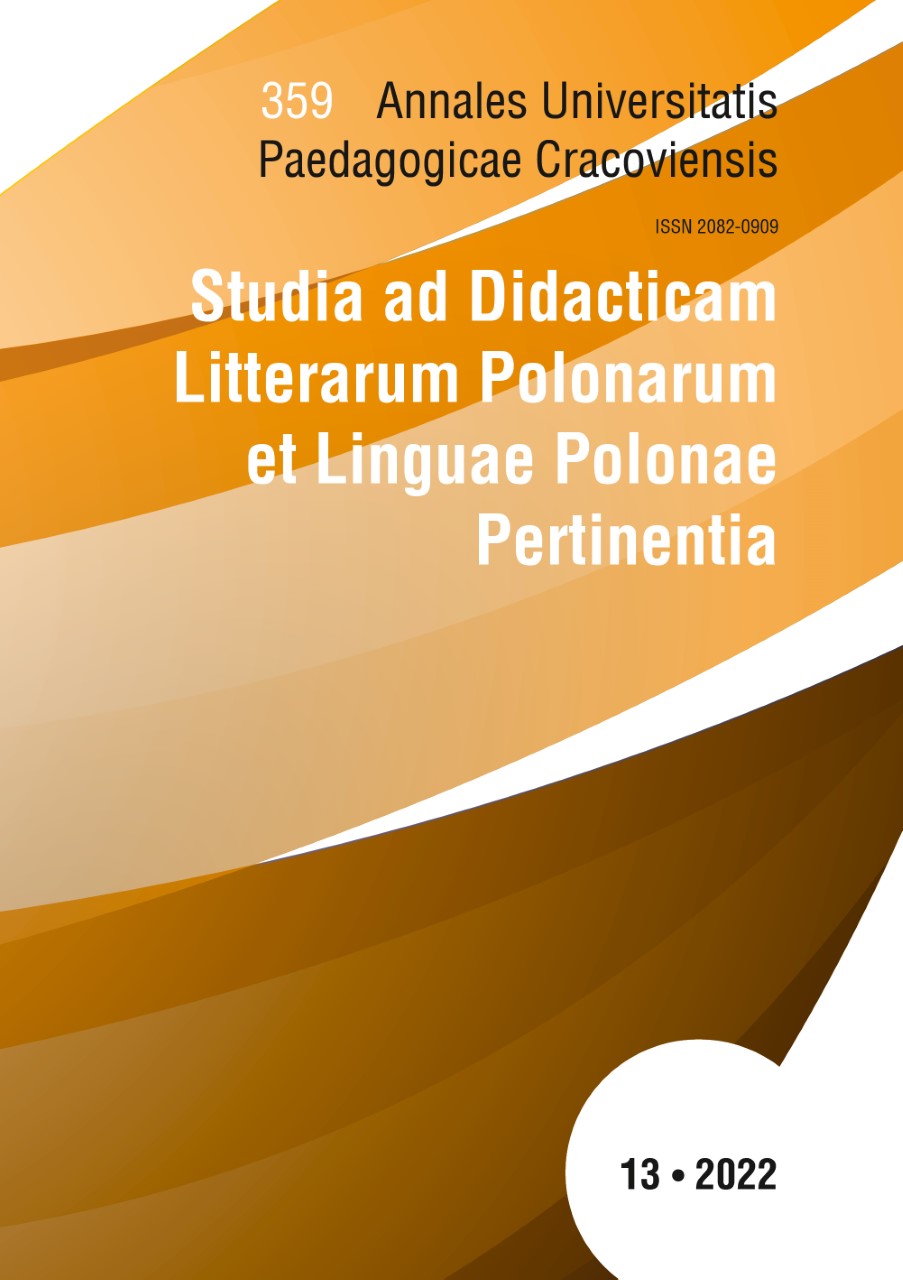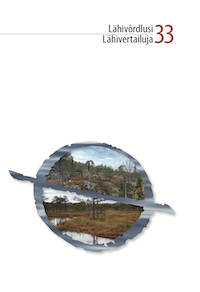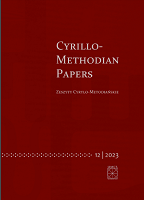
ВЛИЯНИЕ НА ЛЕКСИКОГРАФСКОТО ОПИСАНИЕ НА ПОЛСКИТЕ И БЪЛГАРСКИТЕ ФЕМИНАТИВИ И МАСКУЛИНИЗМИ ВЪРХУ ДЕБАТА И РЕШЕНИЯТА ЗА УПОТРЕБАТА ИМ В ПУБЛИЧНИ ПЛАТФОРМИ ЗА ОБМЕН НА СЪДЪРЖАНИЕ
The aim of the research is to study the influence of the lexicographic description of Polish and Bulgarian feminatives and masculinisms on their usage in public communication. Using two dictionaries – Wielki słownik języka polskiego (WSJP) and Dictionary of the Bulgarian Language (DBL), the entries for the masculine and feminine forms of 100 names taken from the Bulgarian National Classification of Professions and Positions were reviewed. The analysis was carried out according to four criteria. The results show that more than half of the selected names are present with their masculine and feminine forms in DBL (80%) and in WSJP (61%), but the feeling of asymmetric representation of the names of occupations according to gender is reinforced by the definition of the meanings of occupation only in masculine forms (88%) in DBL, while in WSJP this percentage is very small (7%). Approaches to the definition of feminatives in WSJP and DBL show the use of gender identification markers. Both dictionaries note an imbalance in the representation of feminatives, which are less frequently included in prestige collocations. The paper also reveals that in recent years, public texts in both languages show unsystematic use of job titles.
More...
